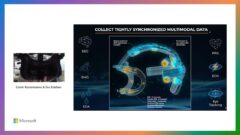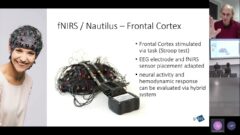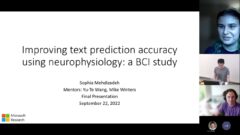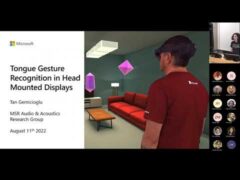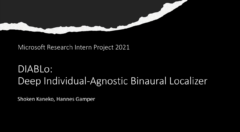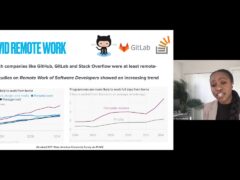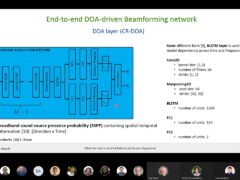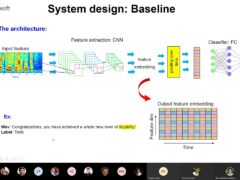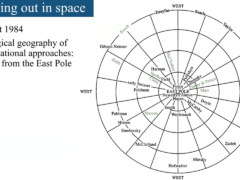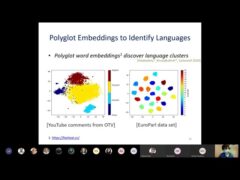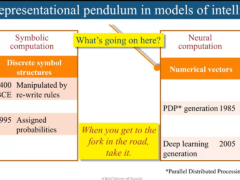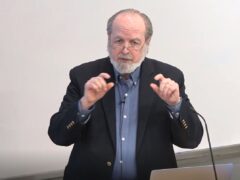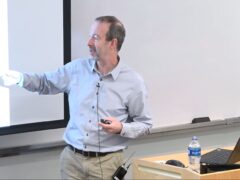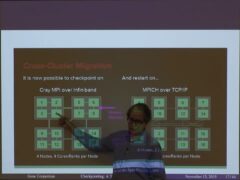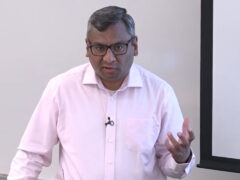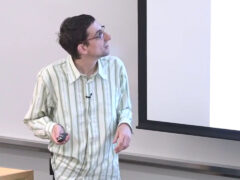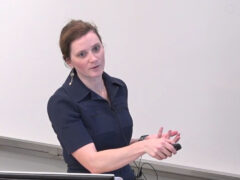The Path to Mobile HD-Audio Communication
Voice telephony will remain a key service in mobile communication networks. As the audio frequency range is today still limited to the traditional telephone-bandwidth of about 3.4 kHz, there is a high potential to improve the audio quality and the speech intelligibility. Recent developments in speech-audio coding for HD-telephony (at least 7.0 kHz) and binaural telephony with spatial perception are presented. In the long transition period from today’s narrowband telephony to future voice audio communication, the acceptance of the new mobile HD-phones can be supported by artificial bandwidth extension, which is a mixture of pattern recognition, statistical estimation and speech synthesis. A particularly interesting variant is the bandwidth extension that works with methods of steganography (digital watermark technology).
Furthermore it is shown that, by iterative source-channel decoding, the improved audio quality can be ensured even on highly disturbed mobile radio channels. The different concepts of coding, artificial bandwidth extension and iterative error protection will be explained and demonstrated by audio examples.
Speaker Details
Peter Vary received the Dipl.- Ing. degree in electrical engineering from the Technical University of Darmstadt, Germany, in 1972 and the Dr.-Ing. degree from the University of Erlangen-Nuernberg, Germany, in 1978.
In 1980, he joined Philips Communication Industries (PKI), Nuremberg, Germany, where he became head of the Digital Signal Processing Group. Since 1988, he has been a Professor at RWTH Aachen University, Aachen, Germany, and head of the Institute of Communication Systems and Data Processing.
His main research interests are digital wireless communications, including speech coding, joint source-channel coding, error concealment, and speech enhancement. Peter Vary is a Fellow of the IEEE Signal Processing Society.
- Series:
- Microsoft Research Talks
- Date:
- Speakers:
- Peter Vary
- Affiliation:
- RWTH Aachen University
-
-
Jeff Running
-
Series: Microsoft Research Talks
-
-
-
-
Galea: The Bridge Between Mixed Reality and Neurotechnology
Speakers:- Eva Esteban,
- Conor Russomanno
-
Current and Future Application of BCIs
Speakers:- Christoph Guger
-
Challenges in Evolving a Successful Database Product (SQL Server) to a Cloud Service (SQL Azure)
Speakers:- Hanuma Kodavalla,
- Phil Bernstein
-
Improving text prediction accuracy using neurophysiology
Speakers:- Sophia Mehdizadeh
-
-
DIABLo: a Deep Individual-Agnostic Binaural Localizer
Speakers:- Shoken Kaneko
-
-
Recent Efforts Towards Efficient And Scalable Neural Waveform Coding
Speakers:- Kai Zhen
-
-
Audio-based Toxic Language Detection
Speakers:- Midia Yousefi
-
-
From SqueezeNet to SqueezeBERT: Developing Efficient Deep Neural Networks
Speakers:- Sujeeth Bharadwaj
-
Hope Speech and Help Speech: Surfacing Positivity Amidst Hate
Speakers:- Monojit Choudhury
-
-
-
-
-
'F' to 'A' on the N.Y. Regents Science Exams: An Overview of the Aristo Project
Speakers:- Peter Clark
-
Checkpointing the Un-checkpointable: the Split-Process Approach for MPI and Formal Verification
Speakers:- Gene Cooperman
-
Learning Structured Models for Safe Robot Control
Speakers:- Ashish Kapoor
-
-




